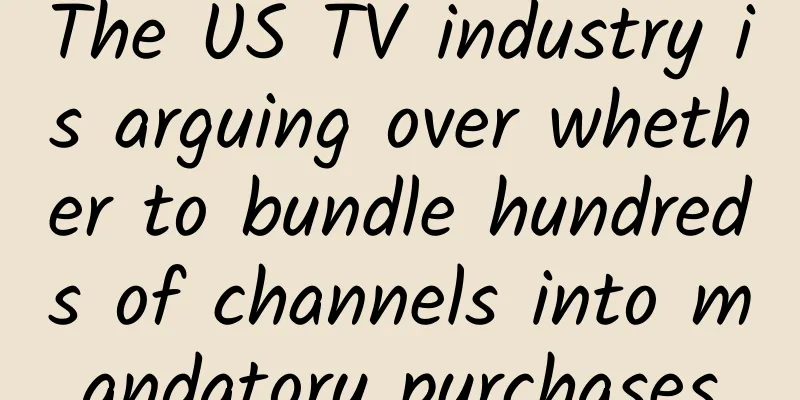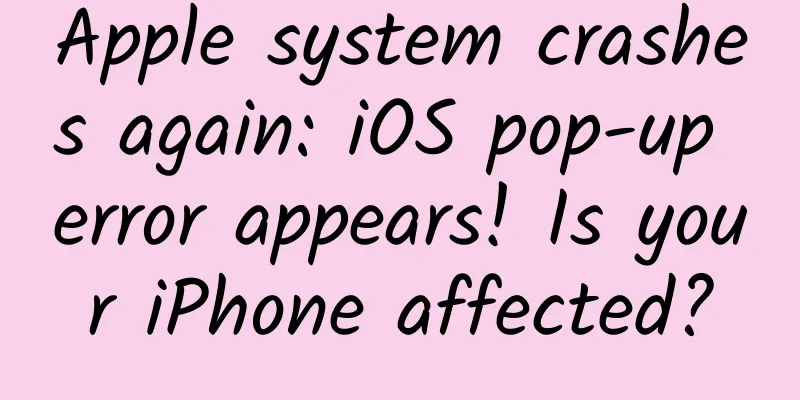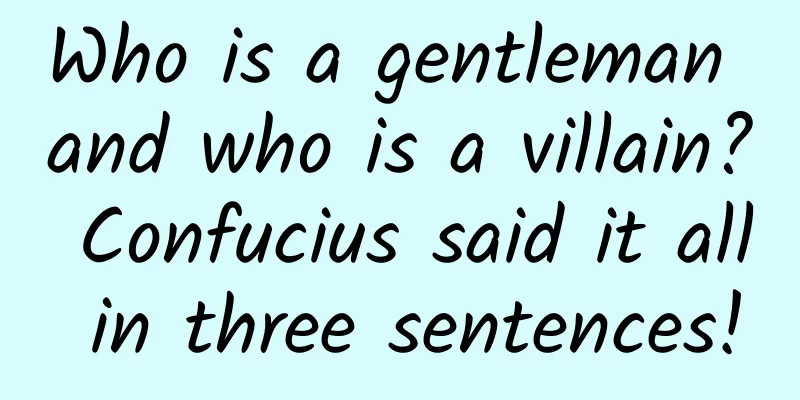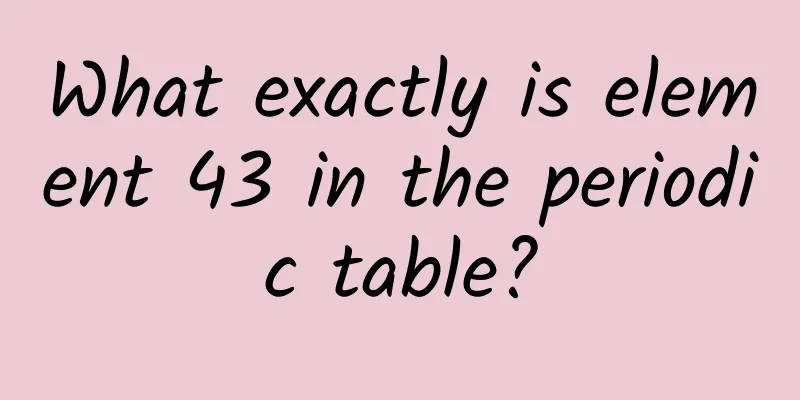The US TV industry is arguing over whether to bundle hundreds of channels into mandatory purchases

|
The US TV market is highly developed, with well-produced programs. On average, each American watches TV for nearly five hours a day. However, there are still many TV lovers who have canceled cable or satellite TV and switched to watching TV series or programs on websites such as Netflix. Why does this phenomenon occur? The most fundamental reason is four words: "channel bundling". Faced with the loss of users, some pay TV service providers began to consider changing from large channel bundles to small bundles to reduce the burden on consumers. However, this caused dissatisfaction among TV stations. It is well known that American cable TV (also including satellite TV, as well as fixed-line communication companies that also provide TV channel services) charges nearly $100 per month (the average monthly salary of Americans is $3,000), and bundles hundreds of channels, but consumers only watch a few of them frequently. Recently, companies including Dish and Sony have launched Internet TV services, and Apple is also planning to do so. In these services, consumers pay 20 to 30 dollars a month to watch 20 to 30 channels. The number of channels is reduced, but the monthly fee is also reduced, eliminating the burden of a large number of bundles. Verizon, a fixed-line telecommunications giant that provides TV channel services, recently announced that it will break the practice of large channel bundling and launch a more flexible bundling plan. In addition to the basic channel package, users can freely subscribe to sports channel packages, lifestyle channel packages, etc. at a low price. Last weekend, Verizon began marketing a new product called "channel bundles." However, ESPN, a sports channel owned by Disney, raised objections, arguing that Verizon's bundling practice violated the licensing agreement between the two parties. ESPN pointed out that under the agreement, neither ESPN channels nor ESPN2 channels may be included in standalone sports channel packages. It is reported that the main force behind the bundled sales of TV channels comes from TV stations. For example, Disney owns many TV channels, covering film, television, sports, comedy and other fields. Disney requires all pay TV service providers that sell ESPN channels to bundle other Disney channels at the same time. A Verizon representative said the company has obtained licenses from all TV stations and channel companies for its "mini-bundle" products. It is reported that Verizon's basic channel package only includes a few well-known channels such as CNN and Food Channel, while the remaining channels are divided into seven packages, including children, lifestyle, entertainment, news, sports, special sports, and pop culture. Each additional channel package costs only $10 per month, and users can flexibly purchase or cancel it every month. Clearly, this is a move by the pay TV industry to fight back against Internet TV. Previously, Dish launched an Internet TV streaming product that offers 12 channels for $20 a month. In addition, channel companies such as HBO and ESPN have also begun to launch independent Internet services, with HBO charging $15 a month. However, the competition between traditional cable TV and Internet TV is not as simple as unilateral loss of users. According to media analysis, the U.S. pay TV service providers integrate broadband services and voice phone services at the same time. Although the price is high, there are more products. If users purchase Internet TV services, they also need to purchase monthly broadband services separately. Industry insiders believe that if the pay-TV industry abolishes the practice of forcing subscribers to buy hundreds of channels in bundles and allows subscribers to buy smaller channel packages or even single channels at their own discretion, this may prevent more users from logging off the network. As a winner of Toutiao's Qingyun Plan and Baijiahao's Bai+ Plan, the 2019 Baidu Digital Author of the Year, the Baijiahao's Most Popular Author in the Technology Field, the 2019 Sogou Technology and Culture Author, and the 2021 Baijiahao Quarterly Influential Creator, he has won many awards, including the 2013 Sohu Best Industry Media Person, the 2015 China New Media Entrepreneurship Competition Beijing Third Place, the 2015 Guangmang Experience Award, the 2015 China New Media Entrepreneurship Competition Finals Third Place, and the 2018 Baidu Dynamic Annual Powerful Celebrity. |
<<: How complex is Jack Ma’s Internet finance empire?
>>: After several rounds of reshuffles, will the online video industry landscape change in 2015?
Recommend
The inconspicuous invitation gift activity: Why are so many APPs using it?
Nowadays, when it is so difficult to acquire cust...
It calls eight times in one breath. What kind of mysterious bird is this?
A bird's eye view of science Quanzhou Associa...
Technology Post: How to apply AI natively to Android system
[51CTO.com Quick Translation] Compared to reading...
Did the jujube tree at the netizen's grandmother's house suddenly go "crazy"? Is it contagious? The truth is actually like this!
Recently, many people have seen a video: a netize...
Fission Methodology | How to achieve precise fission and improve paid conversions?
Last week, I helped a friend implement a project....
What should you do to plan an event that will go viral on WeChat Moments?
How to create an event that will go viral on WeCh...
Marketing promotion: a few things about brand boundaries
Brand boundaries are an important concept in mark...
How to analyze user needs and build a user system?
1. What is the user system? Before talking about ...
When there is a traffic jam, what is the first car doing?
The Spring Festival holiday is over and it is the...
Hammer M1/M1L hands-on experience: Luo Yonghao's iPhone deserves a 9
After a long time, Luo Yonghao finally came up wi...
How much does it cost to rent a full-service DDOS defense server?
Website defense or network defense is an Internet...
Alipay Android package size is extremely compressed
Preface In this chapter, we will start a new seri...
A well-known singer fainted due to heat stroke shock. Learn this guide to dealing with heat stroke!
It was reported that singer Eason Chan fainted du...
28 essential thinking models for Xiaohongshu operation
1. Xiaohongshu advertising methodology This deliv...
Main rising bull stock training camp
Introduction to the resources of the main rising ...









